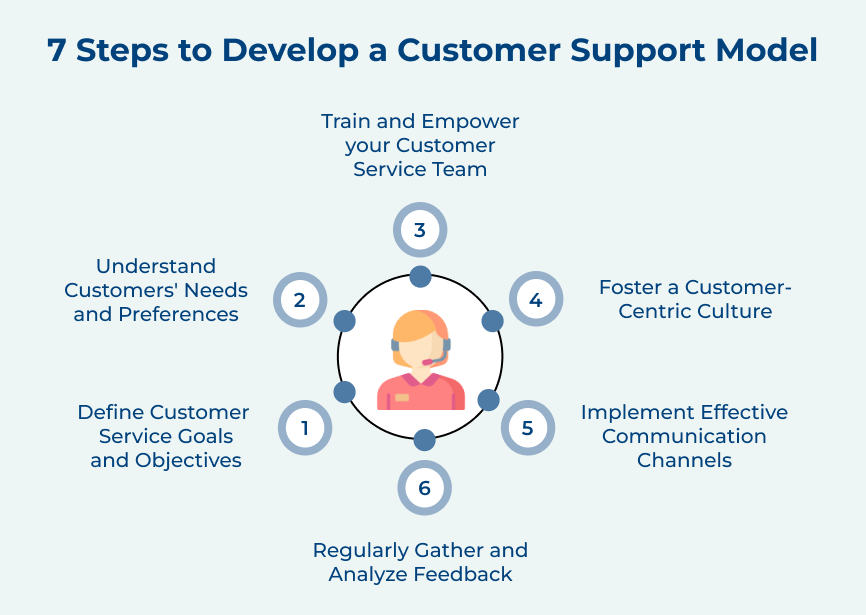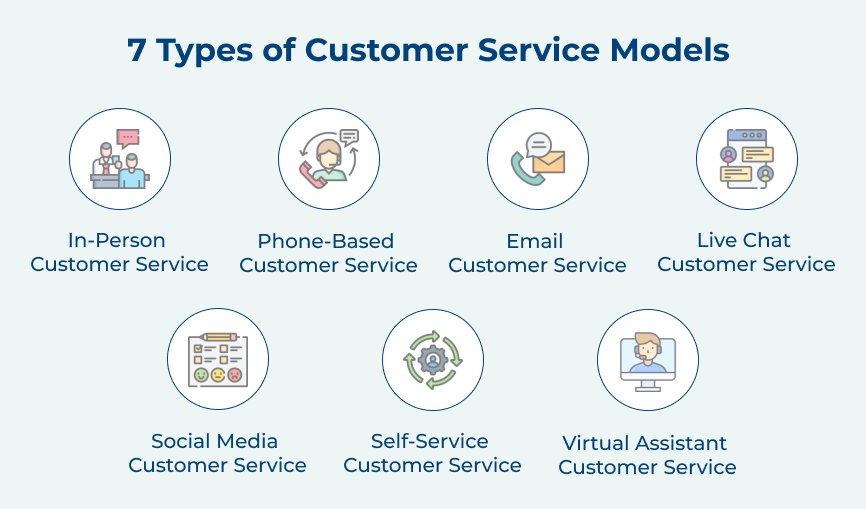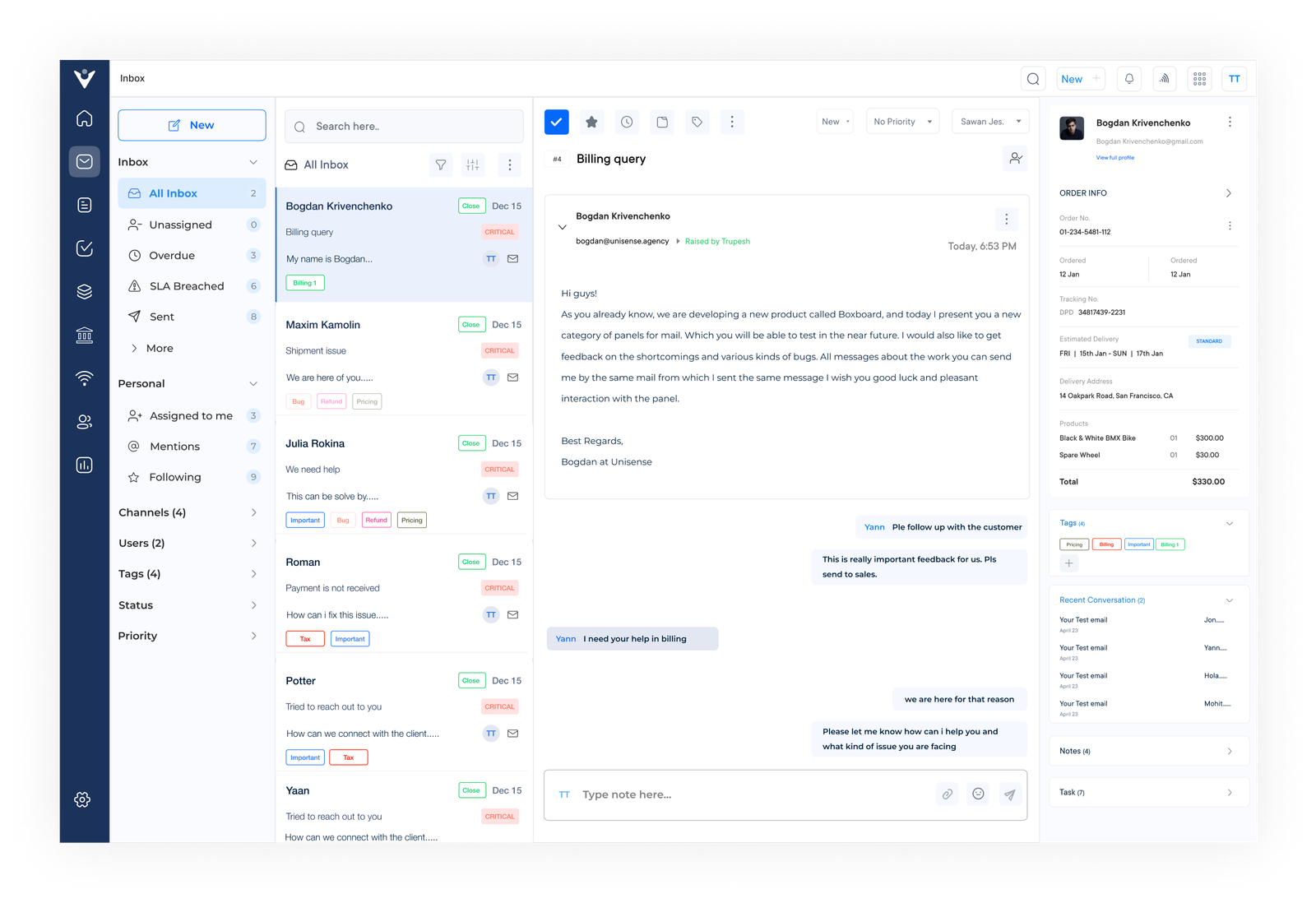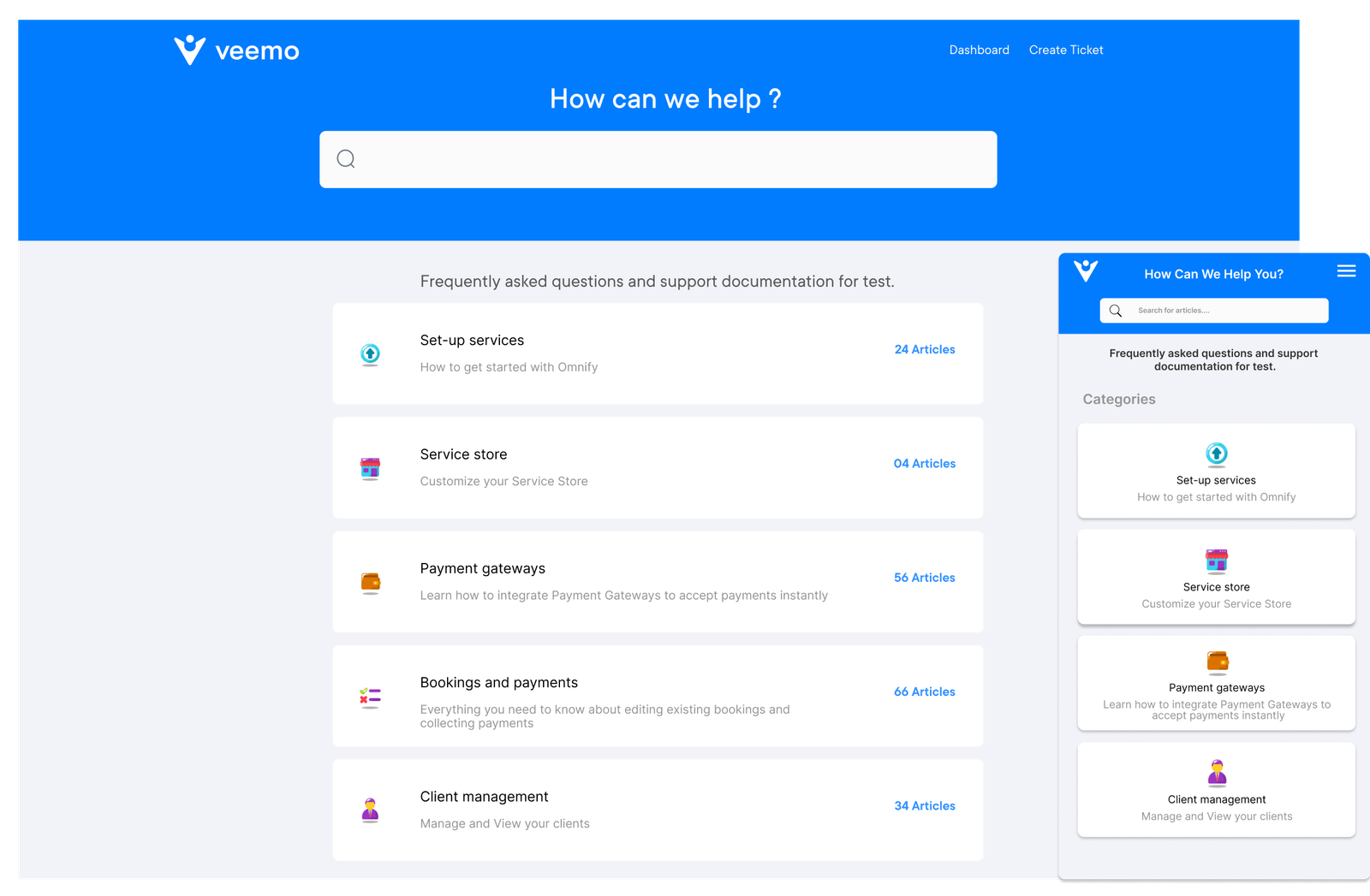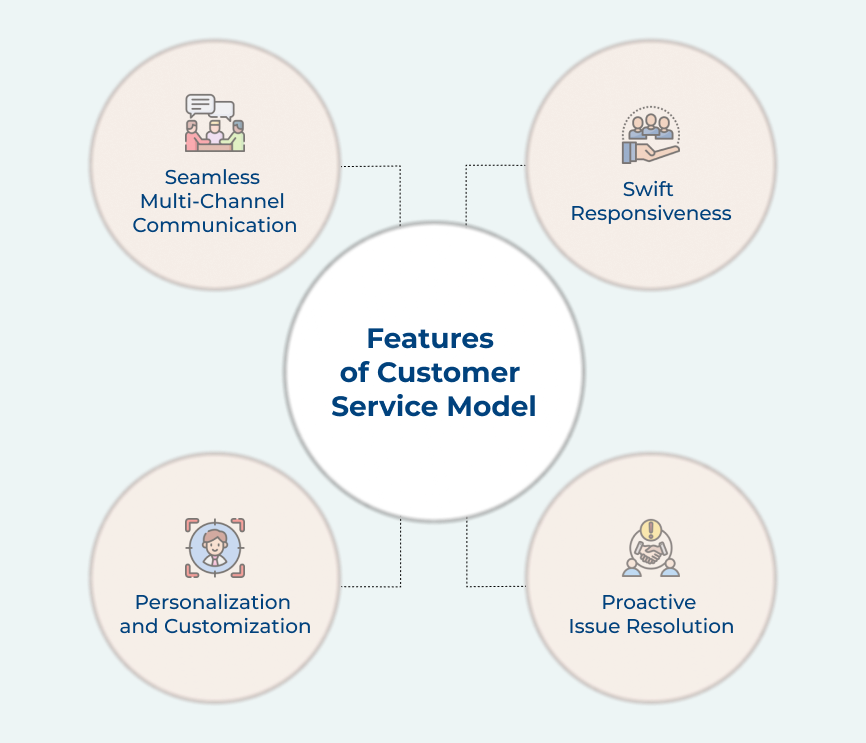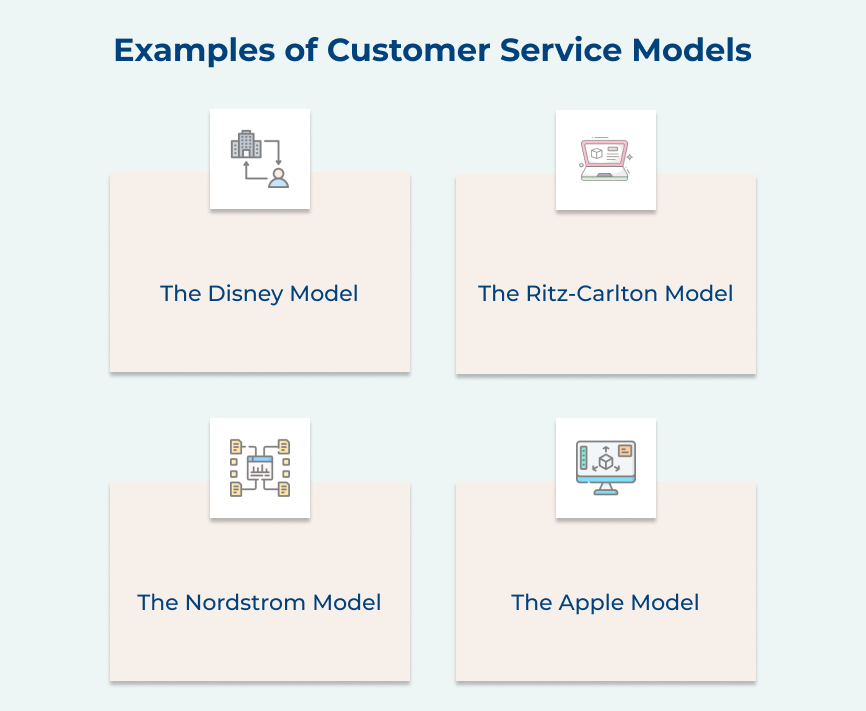Step 1: Define Customer Service Goals and Objectives
The first step in developing a client servicing model is to clearly define the goals and objectives. Take the time to understand what kind of experience you want to create for the customers. Is the business aiming for faster response times, personalized interactions, or improved issue resolution? Setting specific goals will help in guiding customer service efforts and provide a measurable way to track success.
Step 2: Understand Customers’ Needs and Preferences
Businesses must understand their customers’ needs and preferences to provide exceptional customer service. Conduct market research, surveys and feedback sessions to gather insights into what the customers value the most. Use the information to tailor the customer service approach and focus on meeting their specific expectations. Businesses can ensure their service model is aligned with their expectations by understanding their customers’ needs.
Step 3: Train and Empower your Customer Service Team
A well-trained and empowered customer service team is vital for delivering exceptional service. Provide comprehensive training programs that cover communication skills, problem-solving techniques and product knowledge. Empower the team to make decisions and resolve issues on their own, without the need for constant approval. It empowers them to provide efficient and effective solutions, enhancing the overall customer experience.
Step 4: Facilitate a Customer-Centric Culture
Creating a customer-centric culture is crucial for the successful implementation of the customer service model. It involves aligning the entire organization around the goal of delivering exceptional customer service. Encourage a customer-focused mindset among all employees, regardless of their roles. Reward employees who consistently go above and beyond to exceed customer expectations.
Step 5: Implement Effective Communication Channels
Implementing effective communication channels is essential for a seamless customer service experience. Provide multiple channels such as phone, email, live chat and social media for customers to engage with the business. Make sure that these channels are easily accessible and that you have a dedicated team managing each one. Prompt and professional responses across all communication channels will help build trust.
Step 6: Regularly Gather and Analyze Feedback
Companies must gather and analyze customer feedback regularly to continuously improve their customer service model template. Implement surveys, feedback forms and customer satisfaction metrics to collect valuable insights. Analyze the data to identify areas of improvement and make necessary adjustments to the model. Actively addressing customer feedback demonstrates that you value their opinions and are committed to providing an excellent customer experience.
7 Types of Customer Service Models
Let us learn about essential types of customer service models, helping you pinpoint which is best suited for your business to thrive and ensure your customers always leave with a smile.







